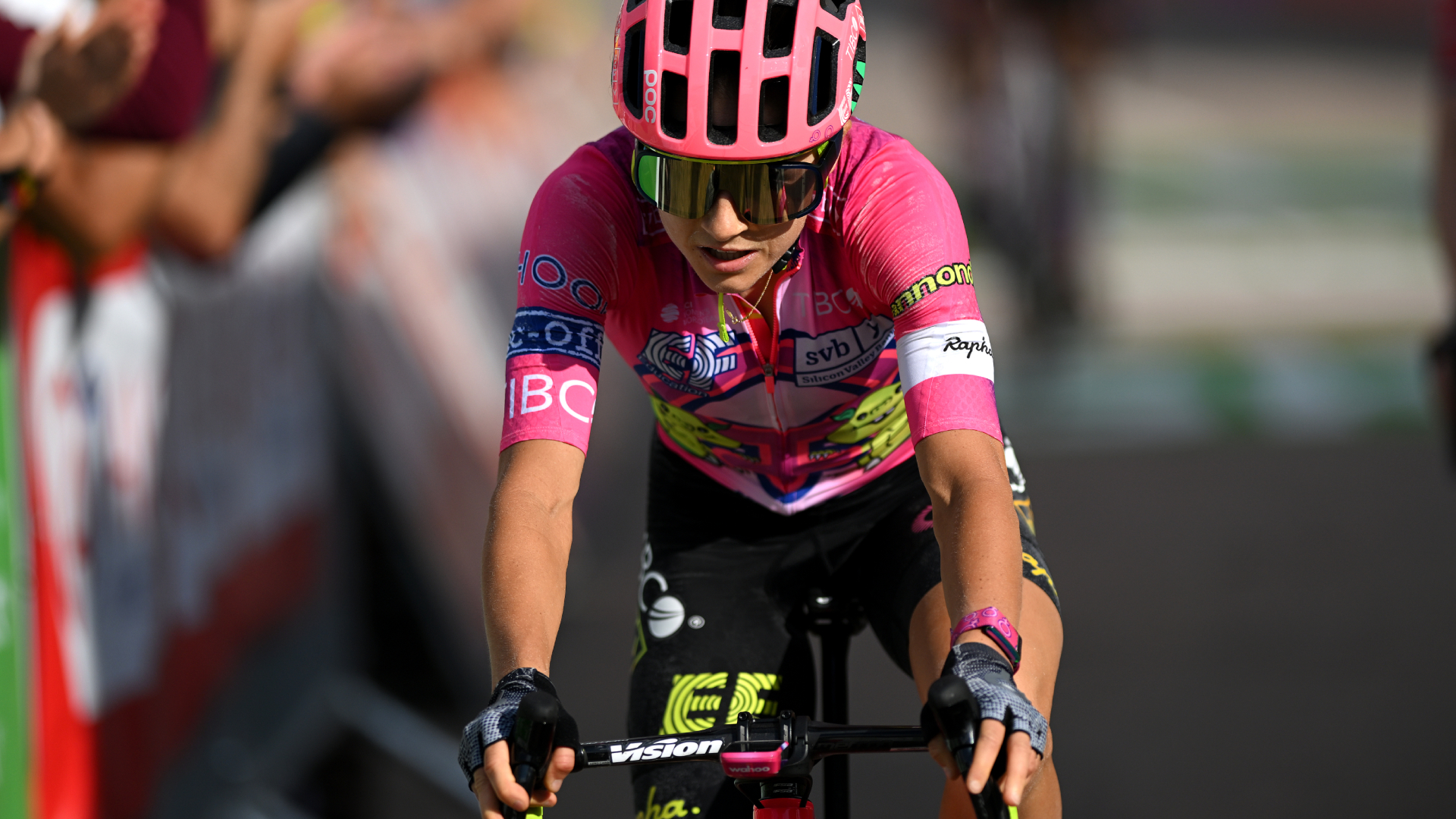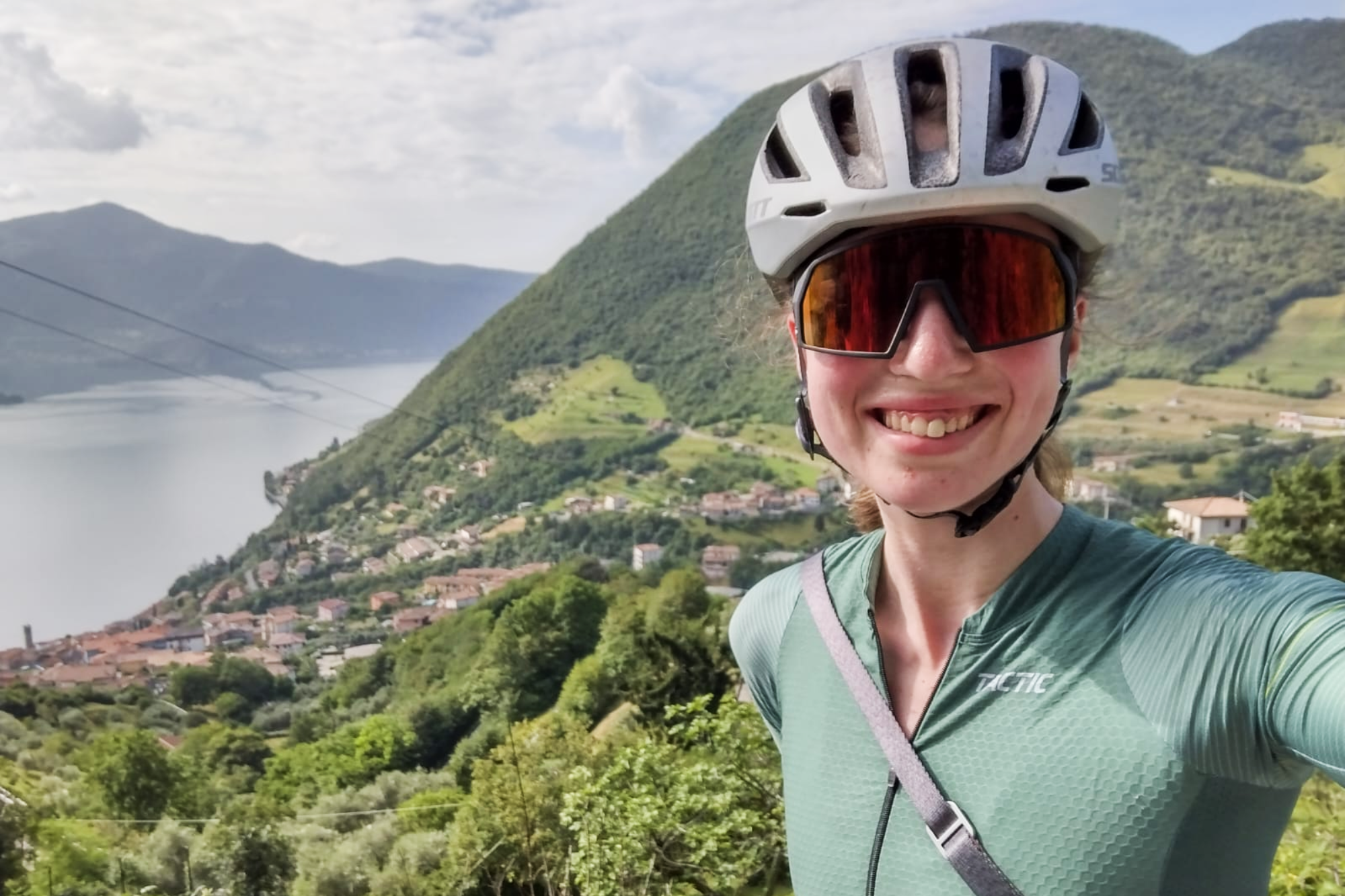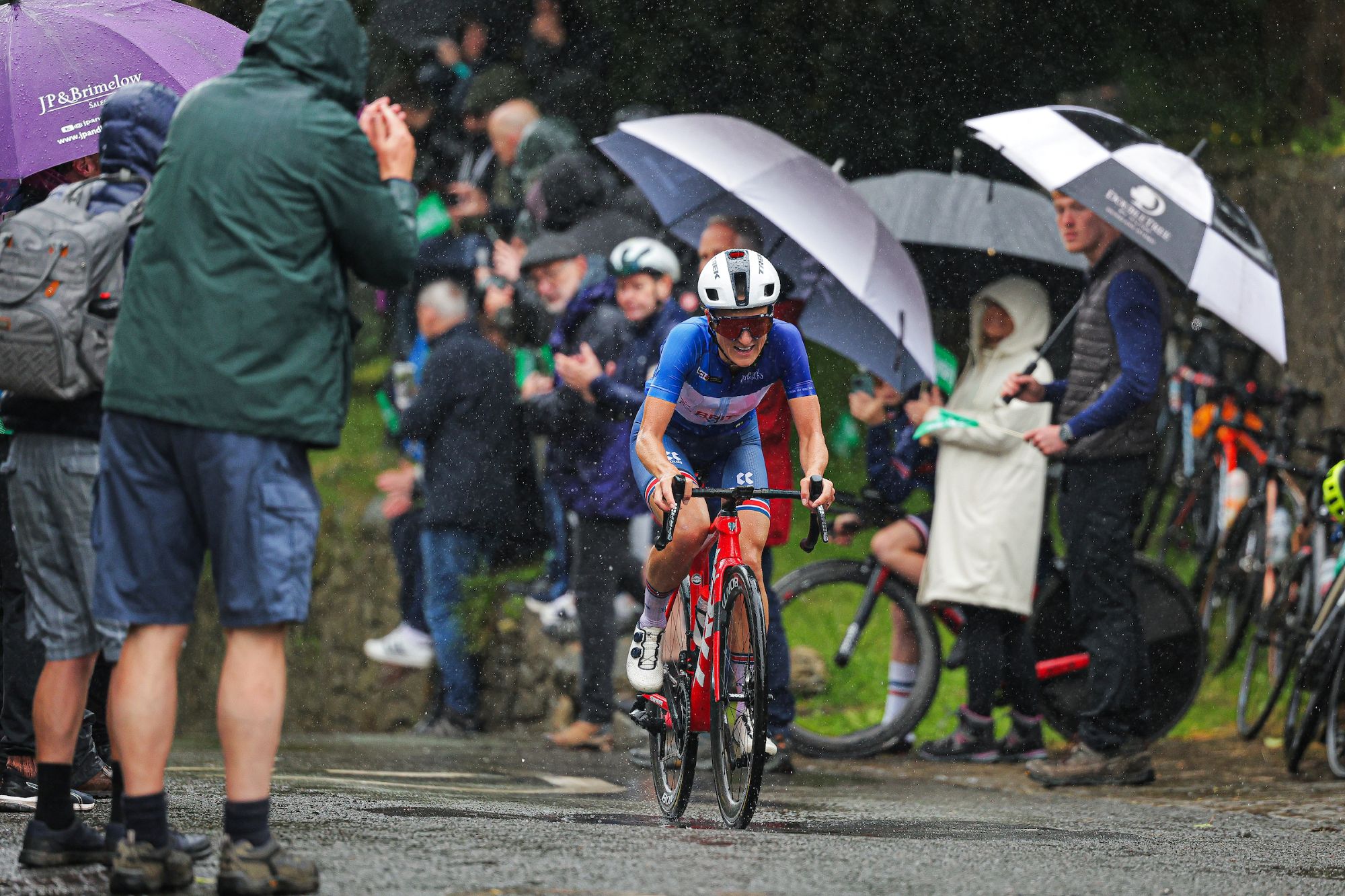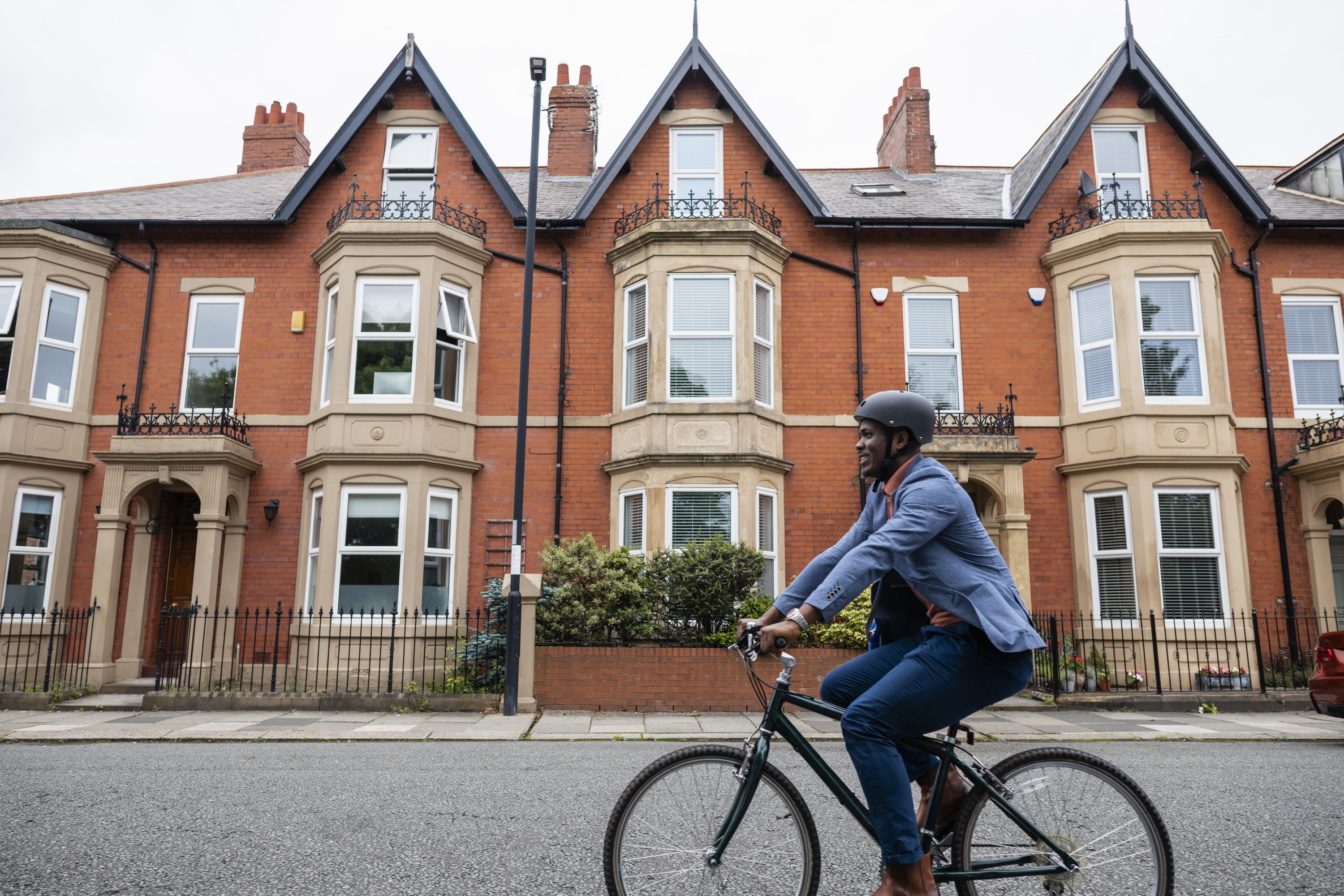Whoop reveals pro riders’ sleep data from last year’s Tour de France - and they’re not getting a full 8 hours
The wearable band producer has undertaken a sleep study based on cyclists competing in the Tour de France & Tour de France Femmes


Fitness and health tracking brand Whoop has revealed the findings of its sleep study based on male and female professional cyclists competing in the 2022 editions of the Tour de France and Tour de France Femmes avec Zwift. The study investigates how the cyclists’ sleep and recovery changed over the course of several consecutive days of maximum intensity exercise.
What’s interesting is that this study is claimed to be the first of its kind to continuously follow elite professionals in a Grand Tour setting.
Eight male professional cyclists and nine females participated in the study, wearing the fourth iteration of Whoop’s wearable band that monitors key health metrics, including heart rate, Resting Heart Rate (RHR), Heart Rate Variability (HRV), and Respiratory Rate (RR).
Whoop’s 4.0 band captured recovery metrics throughout the 2022 Grand Tours that are primarily related to night-time sleep data, with the aim of the study being to understand the effect of different stage types, such as flat, hilly or mountainous courses, on various recovery metrics.
The study is titled “The night-time sleep and autonomic activity of male and female professional road cyclists competing in the Tour de France and Tour de France Femmes” and can be read in full here. It was undertaken by Whoop in collaboration with CQU in Australia.
It’s worth noting that the study is a preprint which appears on medRxiv, and has not been peer-reviewed. The preprint server for Health Sciences which is operated by the research and educational institution Cold Spring Harbor Laboratory reports new medical research that has yet to be evaluated and it states itself that its content “should not be used to guide clinical practice”. That being said, it’s a useful hub for seeing the very latest developments.
But let’s get back to the specifics of this study. Firstly, data was collected for seven days to record each rider’s baseline levels before the event. Then, the riders wore Whoop’s band for the full duration of the competition.
Get The Leadout Newsletter
The latest race content, interviews, features, reviews and expert buying guides, direct to your inbox!
Here are the results:
Baseline versus during the event - men
- Total sleep time at night: 7.2 ± 0.3 h vs 7.2 ± 0.1 h
- Sleep efficiency (i.e., total sleep time as a percentage of time in bed): 87.0 ± 4.4 % vs 86.4 ± 1.2 %
- Resting heart rate: 41.8 ± 4.5 beats·min-1 vs 44.5 ± 1.2
- Heart rate variability during sleep: 108.7 ± 17.0 ms vs 99.1 ± 4.2 ms
Baseline versus during the event - women
- Total sleep time at night: 7.7 ± 0.3 h vs 7.5 ± 0.3 h
- Sleep efficiency: 88.8 ± 2.6 % vs 89.6 ± 1.2 %
- Resting heart rate: 45.8 ± 4.9 beats·min-1 vs 50.2 ± 2.0 beats·min-1
- Heart rate variability during sleep: 119.8 ± 26.4 ms vs 114.3 ± 11.2 ms
For the male professional cyclists, heart rate variability during sleep was lowest after mountain stages, which showed that the stage type did make a difference to recovery.
For female professional cyclists this was also evident in that the percentage of light sleep in a sleep period (i.e., lower-quality sleep) was highest after mountain stages.
“Some aspects of recovery were compromised in cyclists after the most demanding days of racing, i.e., mountain stages,” it’s concluded in the study.
“Overall, however, the cyclists obtained a reasonable amount of good-quality sleep while competing in these highly demanding endurance events.
“This study demonstrates that it is now feasible to assess recovery metrics in professional athletes during multiple-day endurance events using validated fitness trackers.”

Thank you for reading 20 articles this month* Join now for unlimited access
Enjoy your first month for just £1 / $1 / €1
*Read 5 free articles per month without a subscription

Join now for unlimited access
Try first month for just £1 / $1 / €1

I’ve been hooked on bikes ever since the age of 12 and my first lap of the Hillingdon Cycle Circuit in the bright yellow kit of the Hillingdon Slipstreamers. For a time, my cycling life centred around racing road and track.
But that’s since broadened to include multiday two-wheeled, one-sleeping-bag adventures over whatever terrain I happen to meet - with a two-week bikepacking trip from Budapest into the mountains of Slovakia being just the latest.
I still enjoy lining up on a start line, though, racing the British Gravel Championships and finding myself on the podium at the enduro-style gravel event, Gritfest in 2022.
Height: 177cm
Weight: 60–63kg
-
 FDJ-Suez, SD Worx-Protime, Lidl-Trek confirmed for Tour of Britain Women as strong list of teams announced
FDJ-Suez, SD Worx-Protime, Lidl-Trek confirmed for Tour of Britain Women as strong list of teams announced18 teams set to take part in four-day WorldTour stage race
By Tom Thewlis
-
 Cyclists could face life sentences for killing pedestrians if new law passed in England and Wales
Cyclists could face life sentences for killing pedestrians if new law passed in England and WalesReckless cycling currently carries a maximum two-year jail term
By Tom Thewlis